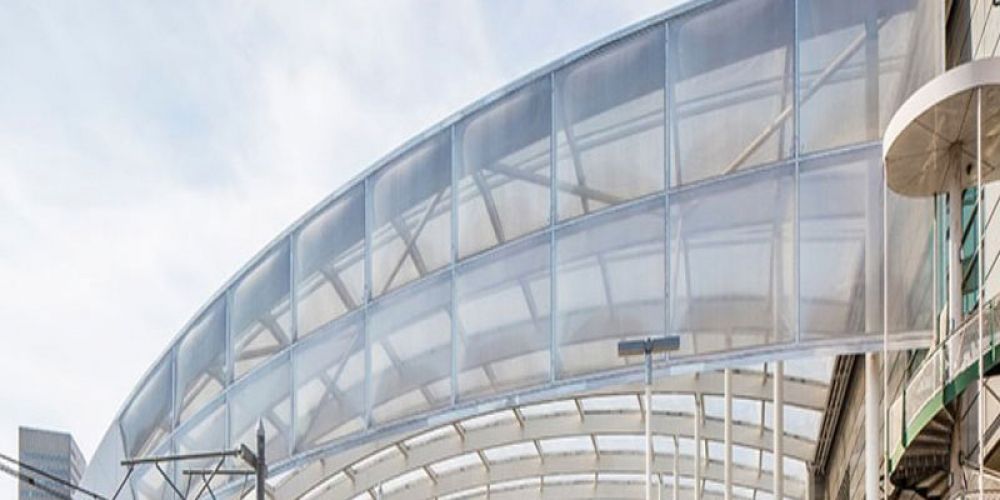
Skylights, atriums, and fabric mesh facades are examples of three architectural features that can provide ample natural light to the interior of a building.
Improve energy efficiency:
Natural light reduces the need for artificial lighting during the day, which can save energy and reduce a building's carbon footprint.
Enhance beauty:
Natural light can highlight architectural features and enhance the visual appeal of the interior of a building, making it more attractive and appealing to visitors.
Improve thermal comfort:
Natural light can help regulate the temperature of a building and create a more comfortable environment for its occupants.
Improve sustainability:
Incorporating natural light into a building's design reduces the need for artificial light, thereby reducing energy use and helping to reduce the building's environmental impact.
Improve health:
Studies have shown that exposure to natural light can improve mood, lower stress levels, and promote better sleep. Natural light also provides the body with essential vitamin D.
Reduce fatigue:
Natural light can increase productivity by increasing alertness and reducing eye strain, which in turn improves focus and concentration.
The fabric mesh facade on the exterior of the building allows natural light to enter while reflecting most of the heat from the sun. Modern stretch membranes (such as woven PTFE mesh) do not absorb heat like glass or concrete, so using a mesh facade in a building can greatly reduce stored and radiated heat in the hottest parts of the day.
The use of translucent stretch films (such as PVC or PTFE) or transparent foils (such as ETFE) in architectural design can radically improve the amount of natural light in a building. Integrating natural light into the building design through skylights is undoubtedly a very energy efficient and efficient design way.